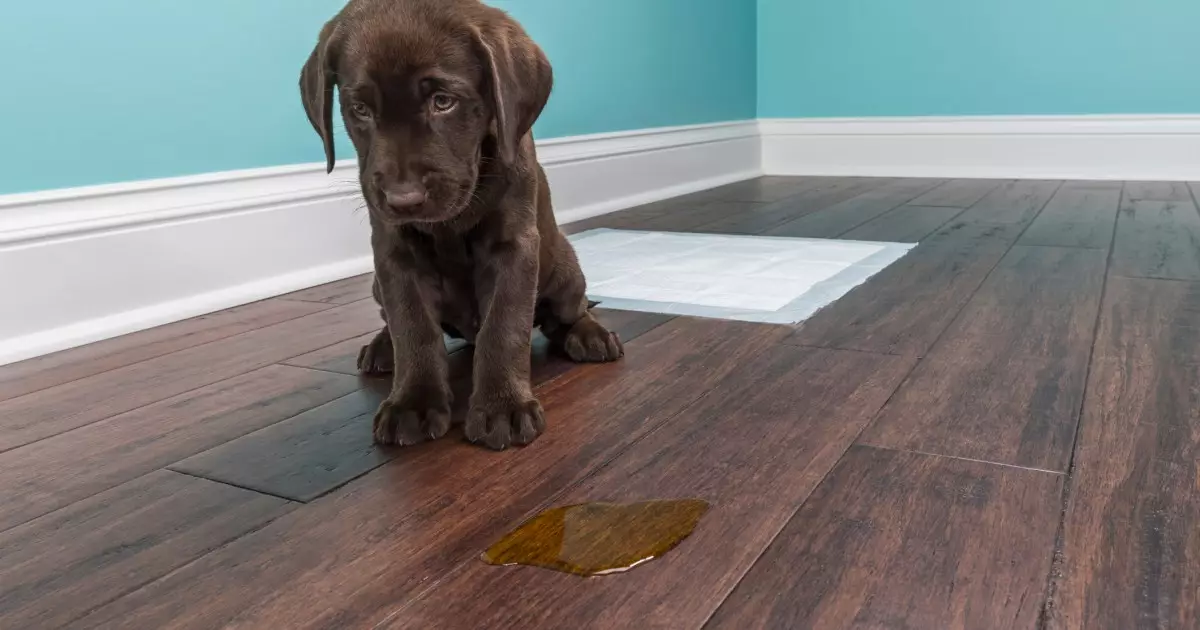Potty training a dog is a significant milestone for both pet and owner, particularly for those who are diving into dog ownership for the first time. While it can seem intimidating, this process is fundamentally a journey woven with patience and dedication. Most dogs are eager to please their humans and, with the right approach, can quickly grasp the concept of where it is appropriate to relieve themselves. Here, we will delve into ten critical aspects of dog potty training that every dog parent should consider to ensure success.
Understanding the Dog’s Perspective
One of the common pitfalls in potty training is the tendency to react negatively when an accident occurs in the home. It’s essential to comprehend that dogs do not connect punishment to events that happen after the fact. If a mess is discovered after returning home, yelling or scolding a dog will not produce the intended reaction. Instead, it may lead to fear or anxiety without fostering understanding. The most effective strategy is to intervene during the act, quickly guiding the dog outside. This immediate response helps them associate outdoor relief with positive behavior and minimizes the likelihood of repeating mistakes.
Positive reinforcement is the cornerstone of effective dog training. Rather than focusing on punishment for undesirable actions, it’s crucial to celebrate and reward correct behaviors. When a dog goes potty outside, a chorus of praise, combined with treats, helps solidify this new habit. This method operates on positive reinforcement, encouraging the dog to repeat the desired behavior. Understanding that dogs respond better to rewards than reprimands can transform the training experience into a more productive and enjoyable endeavor for both the owner and the pet.
Setting a Routine
Establishing a reliable routine is vital for successful potty training. Dogs thrive on consistency, and maintaining a schedule for feeding, bathroom breaks, and playtime can significantly enhance their ability to learn. By paying close attention to your dog’s meal times and subsequent potty needs, you can anticipate when they will require an outdoor visit. It is important to be proactive, as this allows the dog to associate specific times of day with going outside to relieve themselves.
The Role of Hydration in Training
Managing your dog’s hydration is another critical factor. If your pet struggles to hold its bladder through the night, consider limiting water access just before bedtime. A final outing before settling in for the night can substantially reduce the likelihood of overnight accidents. Understanding the relationship between water intake and bathroom habits is crucial in keeping mishaps at bay and ensuring restful nights for both the pet parent and the dog.
Recognizing Signs of Need
Part of any successful potty training process involves learning to read your dog’s unique signals indicating that they need to go outside. Individual dogs may exhibit varying behaviors when they need to relieve themselves – be it pacing, whining, or circling. By being attentive to these cues and responding promptly, pet parents can reinforce the routine of going outside for potty breaks. Over time, your dog will feel more comfortable expressing its needs, allowing for an efficient training process.
Even with the best training methods in place, accidents will likely still happen. It’s essential for dog owners to exercise patience and understanding when these situations arise. Dogs can have accidents due to various factors, including illness or anxiety. If accidents are frequent beyond the initial training phase, it may warrant a check-up with a veterinarian to rule out any medical issues. An open-minded approach will foster a trusting relationship between you and your dog during this learning phase.
The Importance of Your Presence
As your dog learns where to relieve itself, your presence during outdoor bathroom breaks is invaluable. Accompanying your dog reinforces the connection that potty time means going outside. Furthermore, supporting your pet in various weather conditions teaches that the need for relief is not limited to sunny or pleasant days. Being there encourages confidence, enhancing the training process while showing that you are a supportive partner in their journey.
Monitoring Dietary Changes
Dog parents should be keenly aware that any changes to their pet’s diet can impact their bathroom habits. A shift in food, particularly introducing human food, can upset a dog’s digestive system, leading to unpredictable potty schedules. As such, keeping a steady diet during the training process is ideal until the dog has fully adapted to the routine. Regular monitoring and adjustment of the dog’s diet will aid in maintaining an efficient potty schedule.
Consistency is Key
The take-home message for all dog parents is that success in potty training is rooted in consistency. Routines should be unwavering, with regular praise and rewards formulating the backbone of the training process. Dogs can learn faster than many expect, and with persistent efforts, most will timely associate outdoor bathroom breaks as natural and expected. The journey of potty training, though sometimes challenging, is well worth the effort when shared with a loving companion.
Potty training is a fundamental aspect of pet ownership that requires understanding, patience, and commitment. By embracing positivity, setting a routine, and being attentive to a dog’s needs, owners can navigate this pivotal phase with ease and ultimately strengthen their bond with their furry friends.

